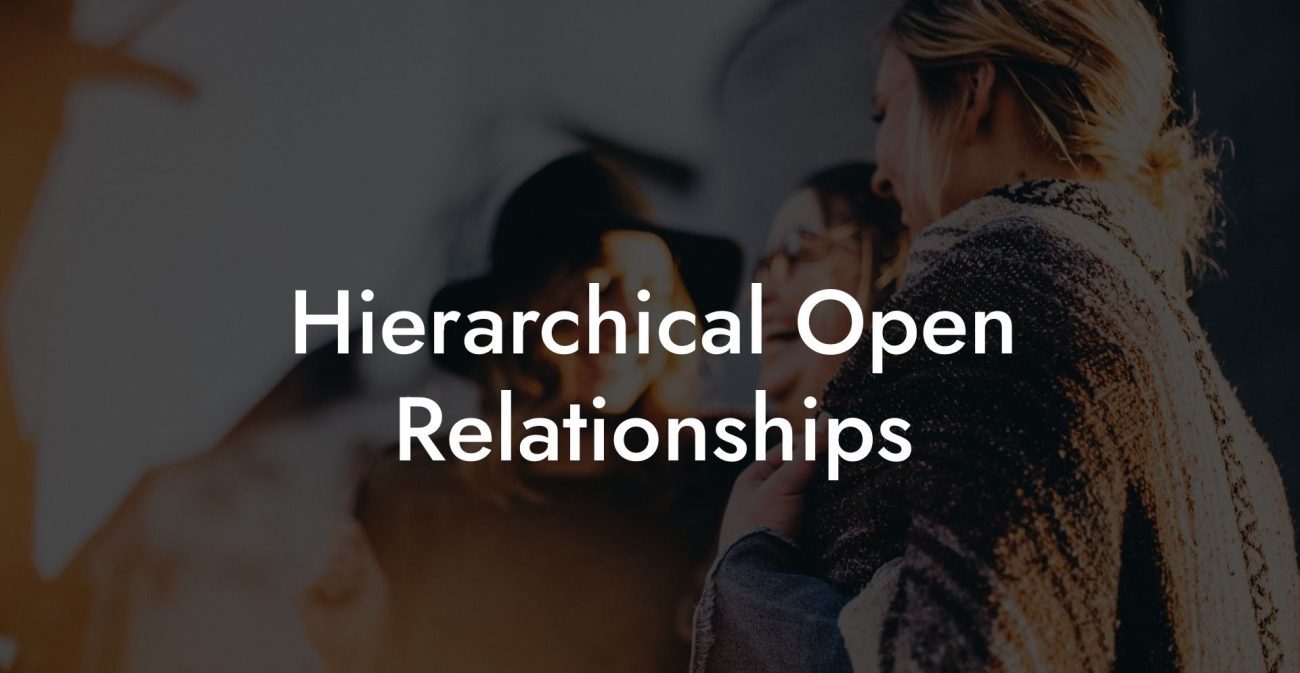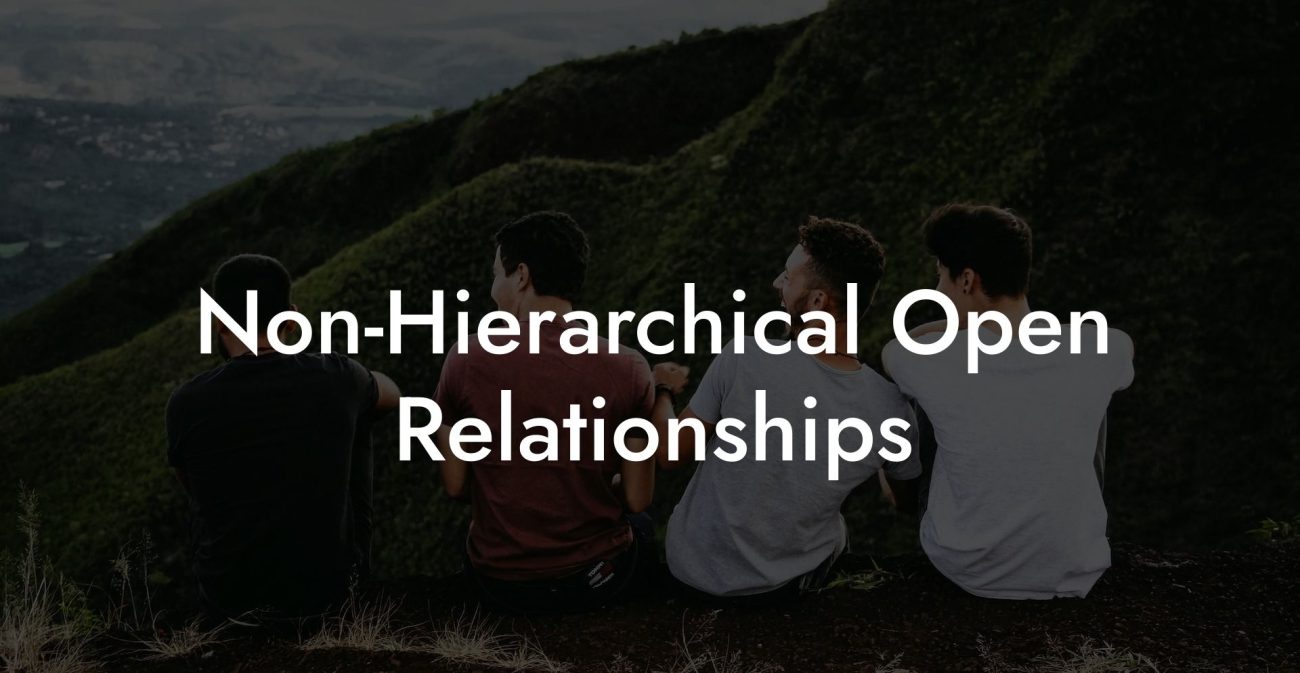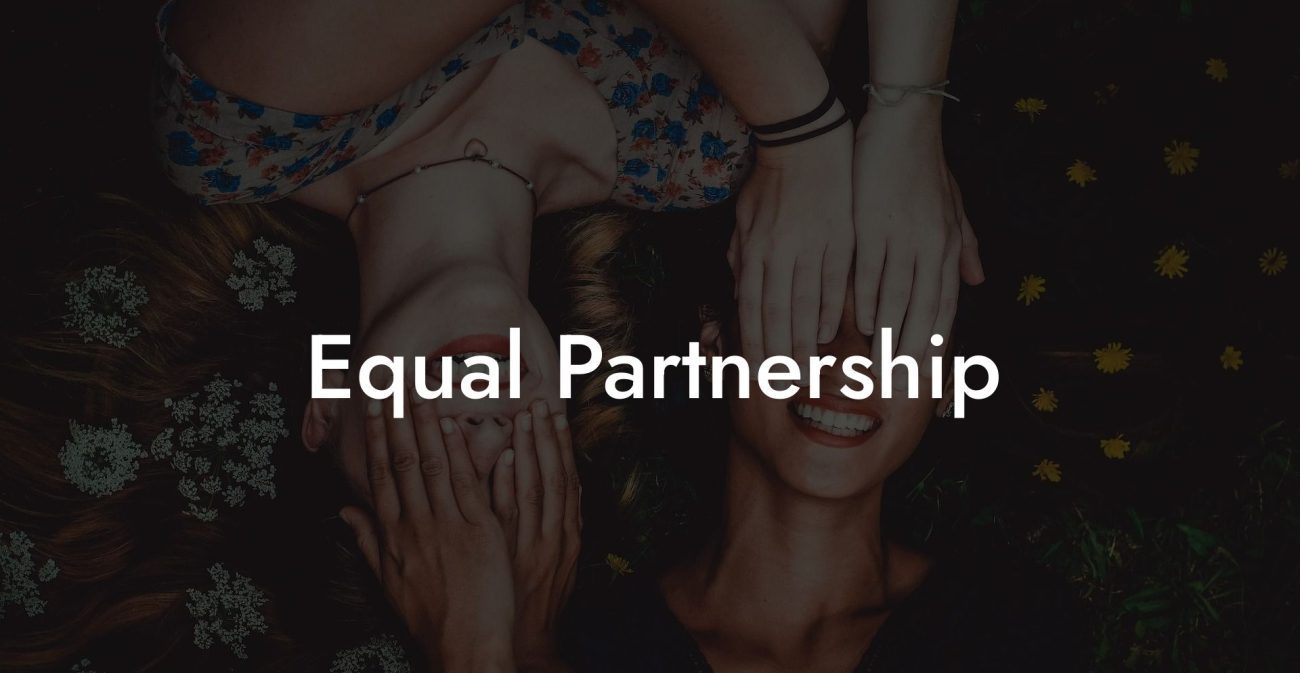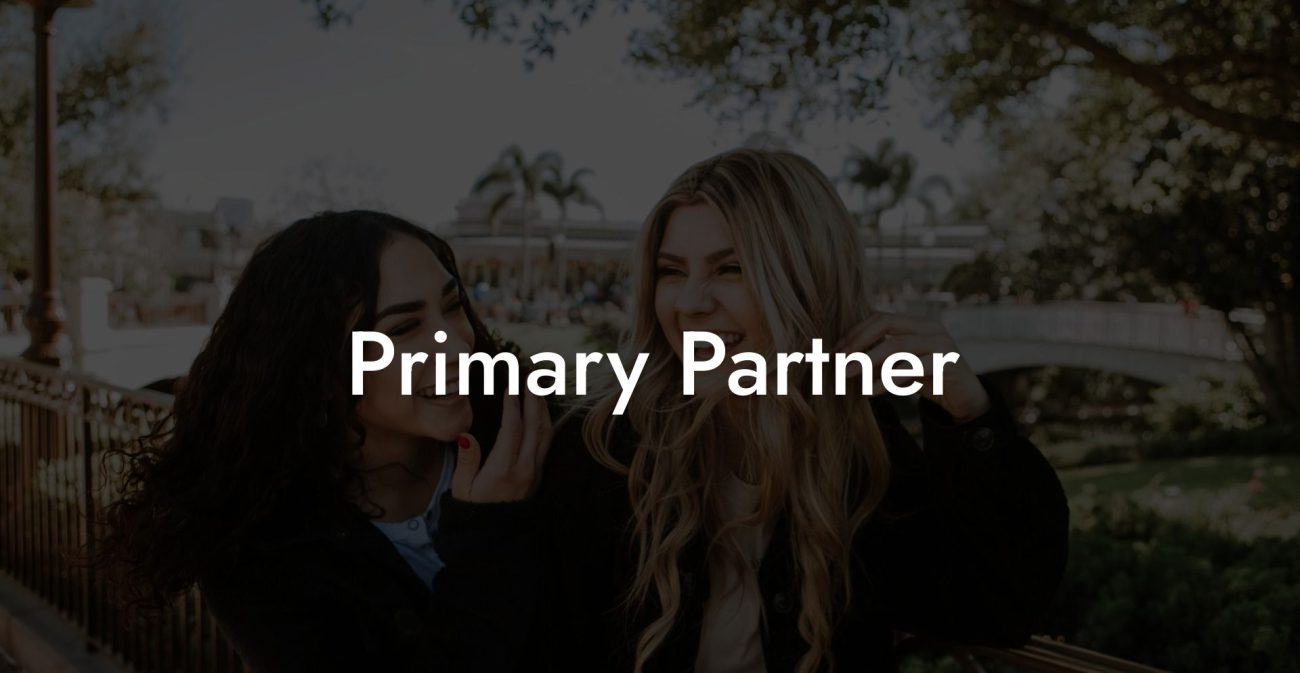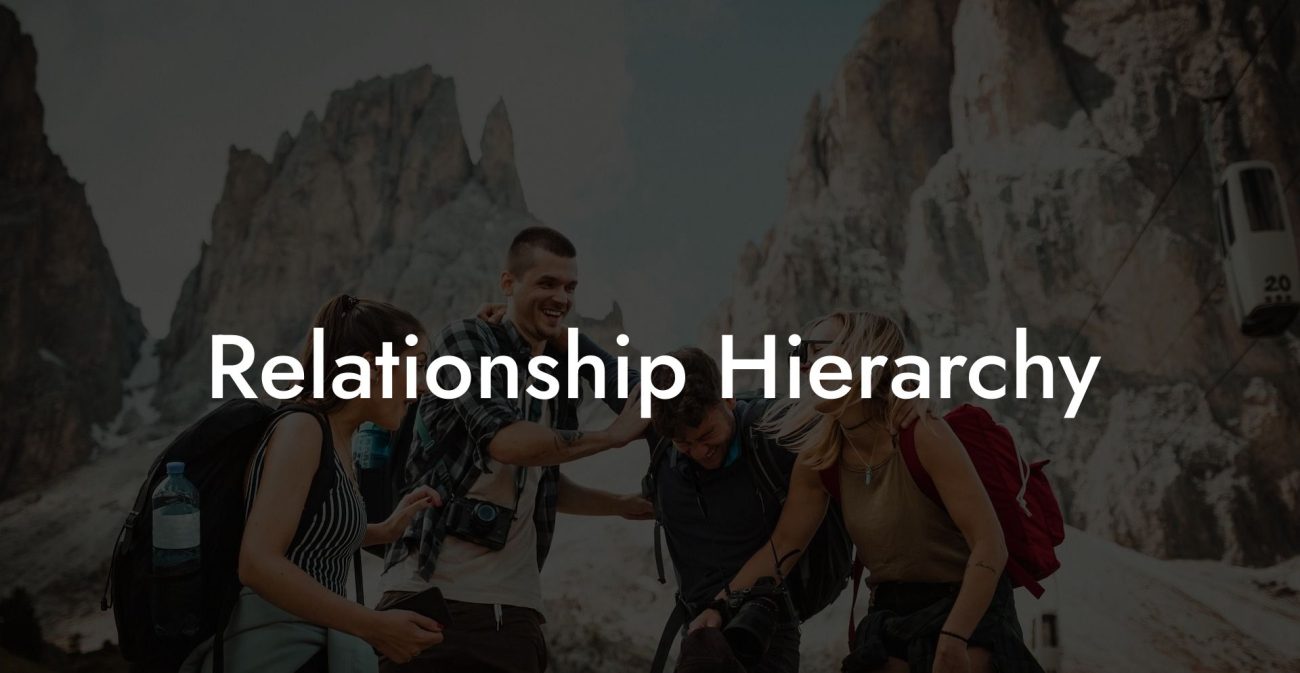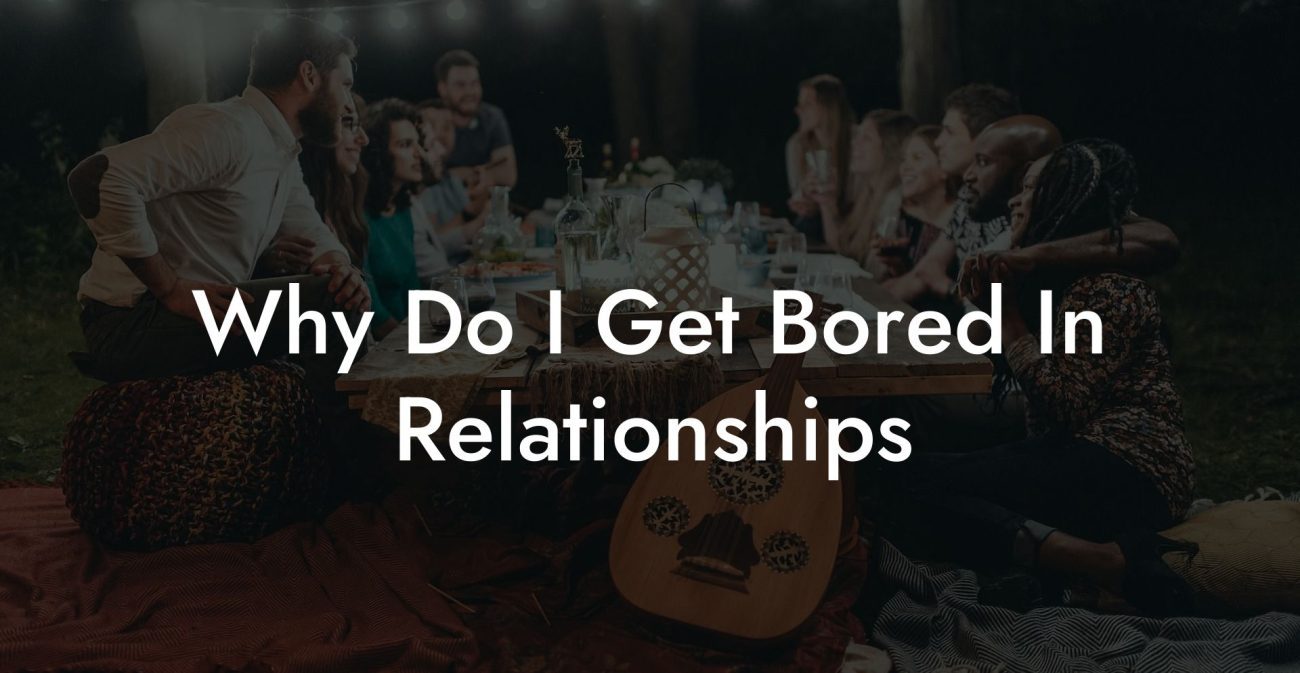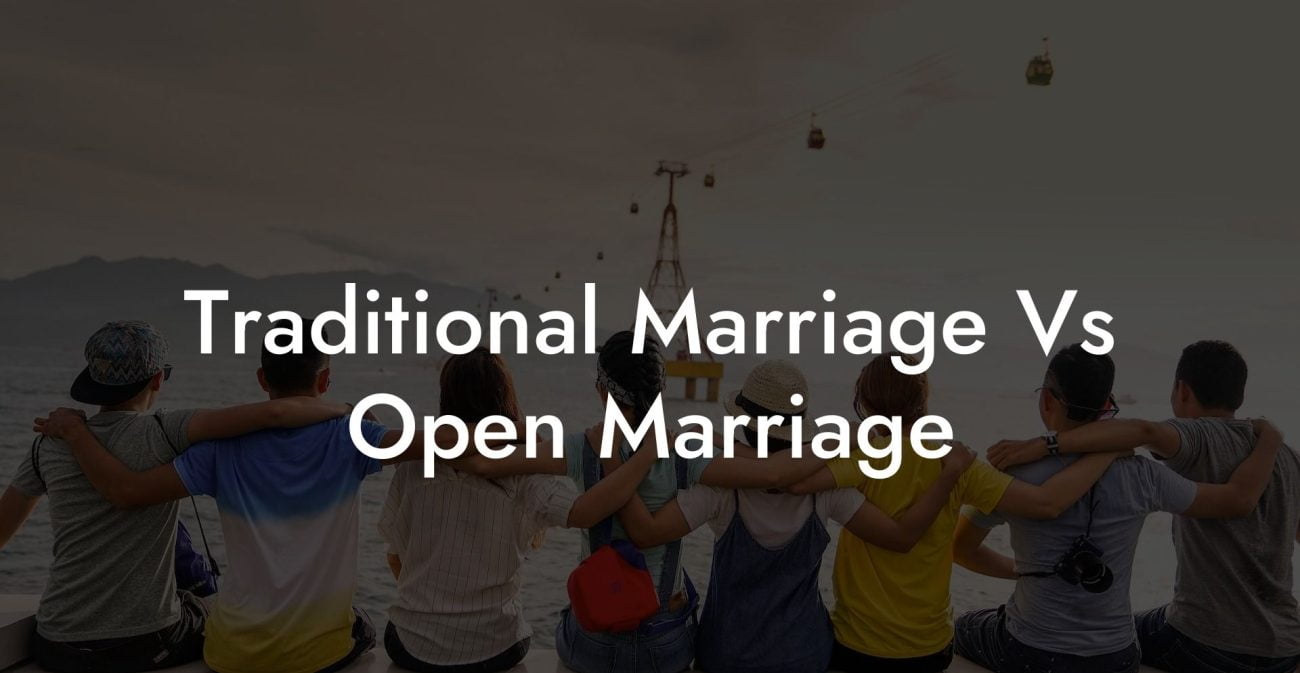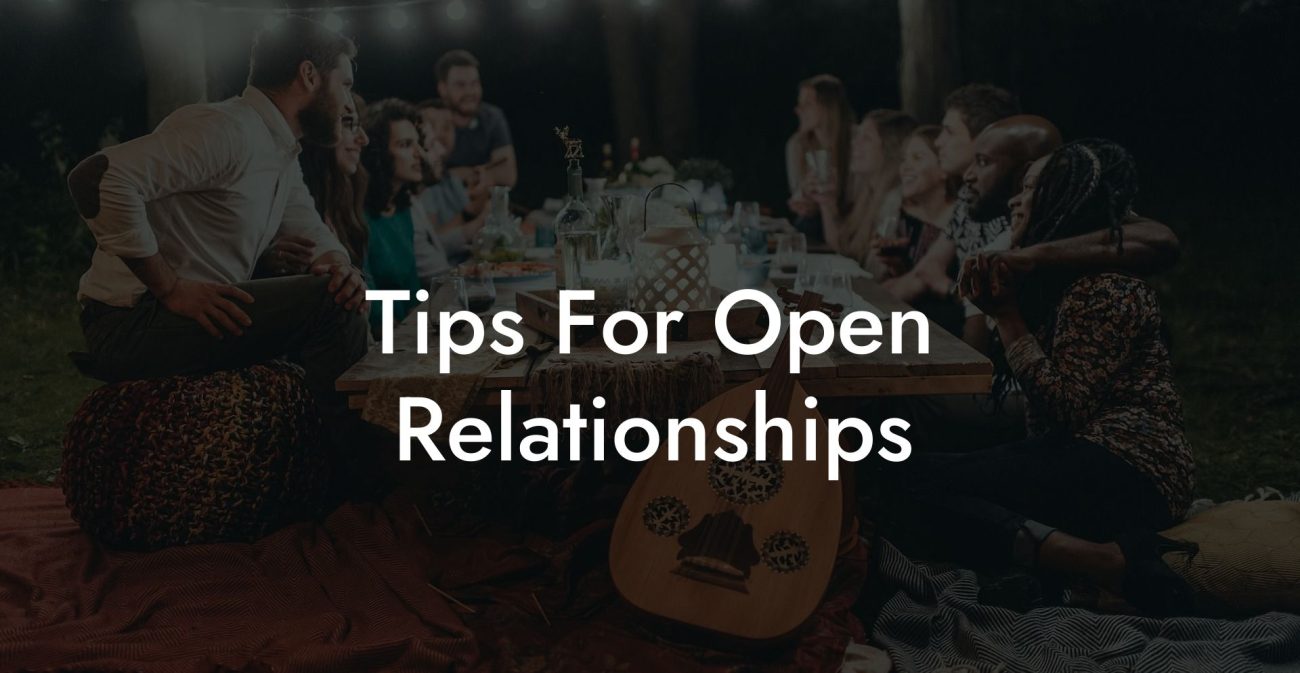Guide to Poly Emotional Primary
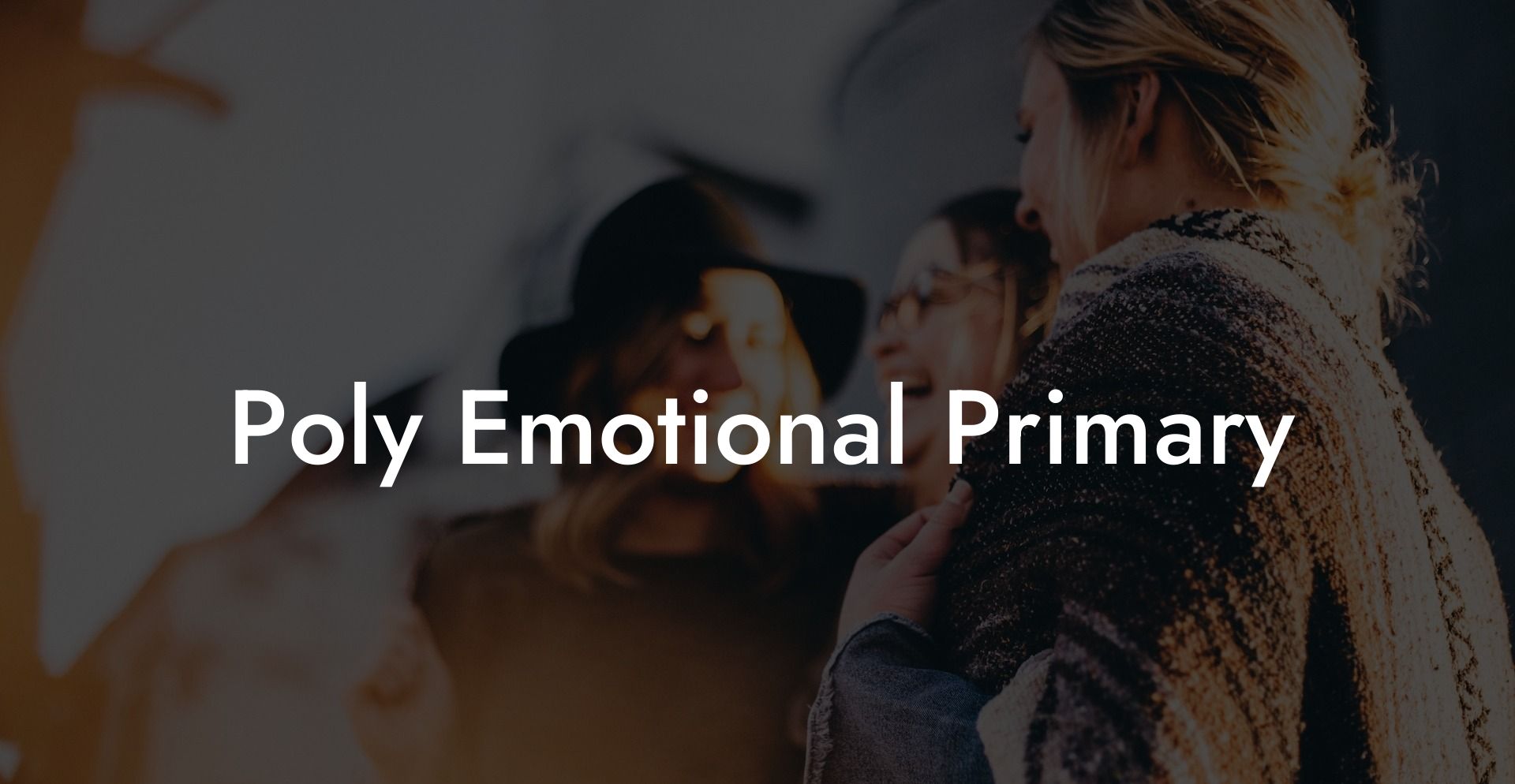
Are you wondering how to navigate the unique landscape of poly emotional primary relationships? If you’ve ever questioned whether you’re naturally inclined to have one deep, emotionally primary connection within a polyamorous network, or if you struggle with managing multiple emotional bonds, this guide is here to help. Discover what it means to designate an “emotional primary” in polyamory, explore its benefits and challenges, and learn practical strategies for maintaining balance, honest communication, and self-awareness in your relationships.
Quick Links to Useful Sections
- Understanding Poly Emotional Primary
- Key Benefits and Challenges
- Benefits
- Challenges
- Communication and boundaries in Poly Emotional Primary Dynamics
- Open Dialogue is Essential
- Setting and Revisiting Boundaries
- Practical Tips for Navigating Poly Emotional Primary Dynamics
- 1. Reflect on Your Needs
- 2. Have Honest Conversations
- 3. Use Scheduling Tools
- 4. Regular Check-Ins
- 5. Embrace Flexibility
- Real-Life Stories: Experiences from the Community
- Case Study: Jamie’s Journey
- Case Study: Taylor’s Transformation
- FAQ: Your Poly Emotional Primary Questions Answered
Understanding Poly Emotional Primary
In many polyamorous setups, while all connections can be meaningful, some individuals experience one relationship as particularly central, an "emotional primary." This designation isn’t about devaluing other bonds; rather, it recognizes that one partnership might naturally fulfill your need for deep emotional intimacy and stability. For some, having an emotional primary provides a secure base from which to explore other connections, while for others, it may emerge organically as relationships evolve.
It’s important to note that not everyone in a polyamorous network designates a primary partner. The choice is deeply personal and should reflect your genuine emotional needs and relationship goals.
Key Benefits and Challenges
Benefits
- Emotional Security: Having an emotional primary can offer a sense of stability and deep intimacy, acting as a supportive anchor while you explore other connections.
- Clearer Prioritization: It helps you allocate your time and emotional energy effectively, ensuring that your most important connection receives the focus it deserves.
- Enhanced Communication: Designating an emotional primary often necessitates clear, honest dialogue about needs and boundaries, which can improve overall communication skills.
- Personal Growth: Balancing a primary bond with other relationships encourages self-reflection, emotional maturity, and continuous personal development.
Challenges
- Jealousy and Insecurity: Even with a clear designation, feelings of jealousy can arise when other partners are involved. Managing these emotions requires constant self-awareness and open communication.
- Time Management: Juggling the deep demands of an emotional primary alongside other connections can be challenging, requiring careful scheduling and boundary setting.
- Potential for Misunderstanding: Without clear communication, the role of an emotional primary might be misinterpreted by other partners, leading to feelings of exclusion or imbalance.
- Flexibility Requirements: Emotional needs can shift over time, meaning that what was once your primary connection may need to be renegotiated as life changes.
Communication and boundaries in Poly Emotional Primary Dynamics
Open Dialogue is Essential
Consistent and honest communication forms the backbone of managing any poly dynamic, especially when one relationship is designated as emotionally primary. Regular check-ins help you gauge whether your emotional needs are being met, and they provide a platform to address any feelings of jealousy or imbalance.
Using “I” statements (e.g., “I feel…” rather than “You never…”) and active listening techniques can ensure that all partners feel heard and valued.
Setting and Revisiting Boundaries
Clearly defining your boundaries is crucial in a poly dynamic where one relationship is emotionally primary. Discuss what exclusivity means for emotional support, how much time you can allocate, and the level of transparency you expect from all parties. Since feelings and circumstances change, it’s important to revisit these boundaries regularly.
Boundaries might include dedicated “primary time,” agreed-upon communication frequency, or specific topics that need extra sensitivity.
Practical Tips for Navigating Poly Emotional Primary Dynamics
1. Reflect on Your Needs
Take time to journal or meditate on what you truly need from an emotional primary. Consider what makes you feel secure, supported, and deeply connected.
2. Have Honest Conversations
Discuss with your partners what being an emotional primary means for you. Share your expectations and listen to their perspectives. Honesty helps ensure that everyone’s on the same page.
3. Use Scheduling Tools
Balance is key. Use shared calendars or planning apps to allocate quality time with your emotional primary while also nurturing other connections.
4. Regular Check-Ins
Establish a routine for emotional check-ins. Whether it’s a weekly call or a monthly meeting, regular dialogue helps you adjust boundaries and address any evolving feelings.
5. Embrace Flexibility
Allow your relationships to evolve naturally. What serves you well now might need adjustment in the future. Stay open to renegotiating roles and boundaries as needed.
Real-Life Stories: Experiences from the Community
Case Study: Jamie’s Journey
Jamie found that designating an emotional primary helped provide the stability needed to explore other connections without feeling overwhelmed. Regular check-ins and clear boundaries allowed Jamie to enjoy deep intimacy with one partner while maintaining supportive, secondary relationships that added variety to their life.
Case Study: Taylor’s Transformation
Taylor’s relationships evolved naturally into an emotional primary dynamic. By embracing honest dialogue and using digital tools to manage time, Taylor was able to maintain a secure and fulfilling core relationship, even as other bonds provided additional support and excitement.
FAQ: Your Poly Emotional Primary Questions Answered
1. What does it mean to have an emotional primary in a polyamorous setup?
It means that while you may have multiple relationships, one connection naturally becomes your deepest source of emotional intimacy and support.
2. How is an emotional primary different from a primary partner in hierarchical polyamory?
In a hierarchical model, a primary partner is explicitly designated, often with specific responsibilities. In a poly emotional primary dynamic, the designation is more about the natural depth of connection rather than formal roles.
3. What are the benefits of having an emotional primary?
Benefits include emotional security, clearer time and energy allocation, and a strong foundation of trust that supports your other relationships.
4. How can I manage jealousy in a poly dynamic where one relationship is emotional primary?
Open communication is key. Regular check-ins, honest dialogue about feelings, and active listening can help manage jealousy and ensure that all partners feel respected.
5. What boundaries should I set for my emotional primary?
Boundaries might include dedicated quality time, clear communication expectations, and mutually agreed-upon limits on emotional or physical intimacy with others. These boundaries should be revisited regularly.
6. Can the role of an emotional primary change over time?
Yes, it can evolve as relationships and individual needs change. Regular self-reflection and open discussions help ensure that your relationship dynamics continue to serve everyone’s best interests.
7. How important is self-reflection in managing poly emotional primary dynamics?
Self-reflection is crucial. Understanding your own needs, emotions, and triggers allows you to communicate effectively and adapt your relationships in a way that promotes growth and balance.
8. What if I feel overwhelmed by having an emotional primary while maintaining other relationships?
It’s important to balance your time and energy. Use scheduling tools, set clear boundaries, and consider regular check-ins to ensure that all your connections are nurtured without overwhelming you.
9. How do I know if poly emotional primary dynamics are right for me?
Reflect on your emotional needs and relationship goals. If you value a deep, secure connection alongside diverse, supportive relationships, this dynamic might be a great fit.
10. Where can I find more resources and support for poly emotional primary relationships?
Explore books like "The Ethical Slut" and "More Than Two", listen to podcasts such as “Multiamory,” and join online communities on Reddit and Facebook that focus on polyamorous dynamics.
Resources and Community Support: Your Next Steps in Poly Emotional Primary
- "The Ethical Slut" by Dossie Easton & Janet Hardy – A foundational book on ethical non-monogamy and polyamory.
- "More Than Two" by Franklin Veaux & Eve Rickert – Provides in-depth insights into managing poly relationships and emotional dynamics.
- Podcasts: "Multiamory" and similar shows offer personal stories and expert advice on navigating complex relationship dynamics.
- Online Communities: Join forums like r/polyamory and dedicated Facebook groups to share experiences and gain support.
Additionally, consider seeking guidance from a therapist or relationship coach experienced in polyamorous dynamics. With open communication, regular self-reflection, and the right tools, you can thrive in a poly emotional primary dynamic that honors your need for deep, focused connection while celebrating the richness of multiple relationships.
Lost & confused by all of the terms, types and seemingly made up 3 letter acronyms?? We've got you. Check out our Ethnical Non-Monogamy Dictionary >>
Useful Interruption: Not sure which relationship vibe fits you best? Take our Relationship Test, it’ll give you the real insight into your natural relationship style. Then, dive into our binge-worthy guides (from the tried-and-true to the “wait, that’s a thing?”) and find the perfect relationship type for your life:
- Monogamy
- Open Relationships
- Ethical Non-Monogamy
- Solo Polyamory
- Non-Hierarchical Polyamory
- Hierarchical Polyamory
- Relationship Anarchy
- Swinging
Now back to the main article but yeah take the test...

